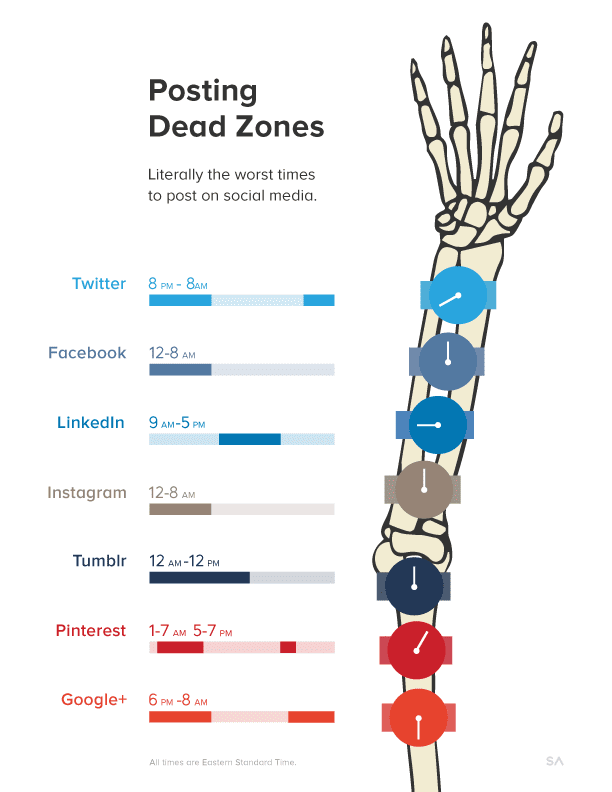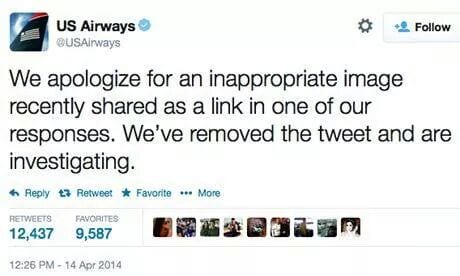Happy lunchtime – it’s been a cracking morning at the CIPR’s 2014 Northern Conference over in Manchester.
Joanna Halton from McCann has just kicked off by reminding the room of PR people that it is our job to create the content and tell the stories that engage and enthuse people.
Couldn’t agree more – the PR industry, ably being led by @wadds who delivered this morning’s intro session with a sterling vision for the future of the industry – Mr. Peston take note – is in a great position to lead the way for brands, organisations and communities when it comes to telling and sharing a compelling story about ourselves.
Joanna picked out content, social signals, online links and reognisable brands as being four key factors that all influence Google and guess what – us PR people should be standing up and grabbing that – we do it all, and we do it better than anyone else.
Starting at the end I’m moving back to the other focus of this morning – data, data and more data.
There’s loads of it, big, small, good, bad. It’s numbers, it’s scary. Us PR types are less good at that (which is why we invented inforgraphics – nice pictures to share!) but we can’t ignore it any longer.
That data should be informing everything we do – great PR is about being customer focused – that’s where the journey should start and end, not at the CEO’s in-tray.
Drew Bevine from Bellenden and James English from the BBC both built a compelling argument for why any PR team’s next hire should be a data analyst – at least – that’s what I took away from it.
Drew talked about a colleague whose career path went from good old fashioned PR to social media to becoming a data analyst.
She won’t be the last, and if data just makes you run away then just think about the added value that we as PR people should be bringing to our clients and projects and that you as an individual can bring to your employer.
PR will never secure a meaningful place around the boardroom table if we don’t embrace and take the lead on data.










